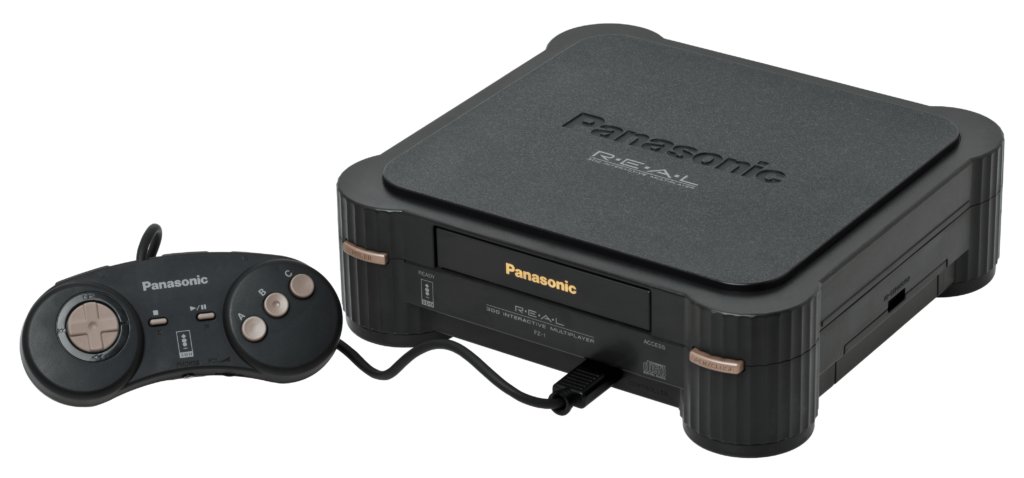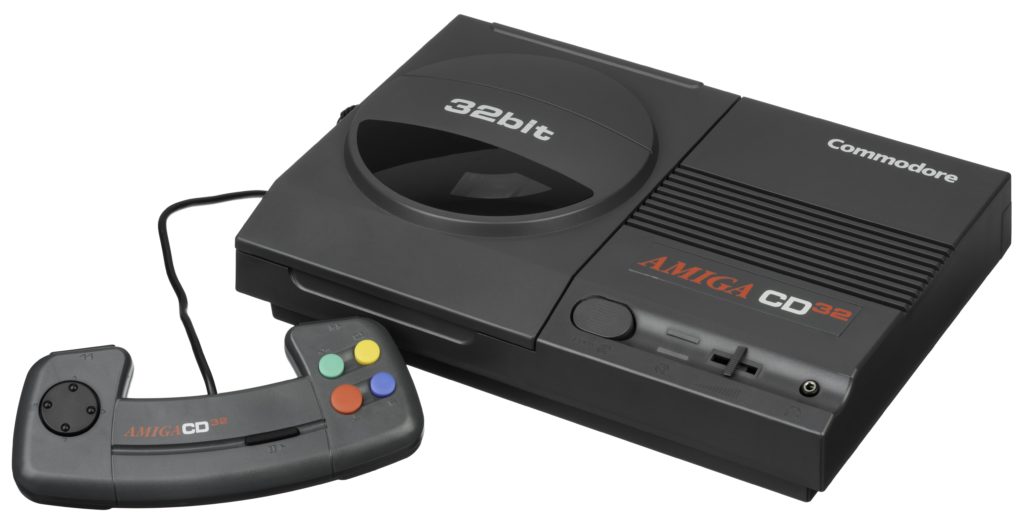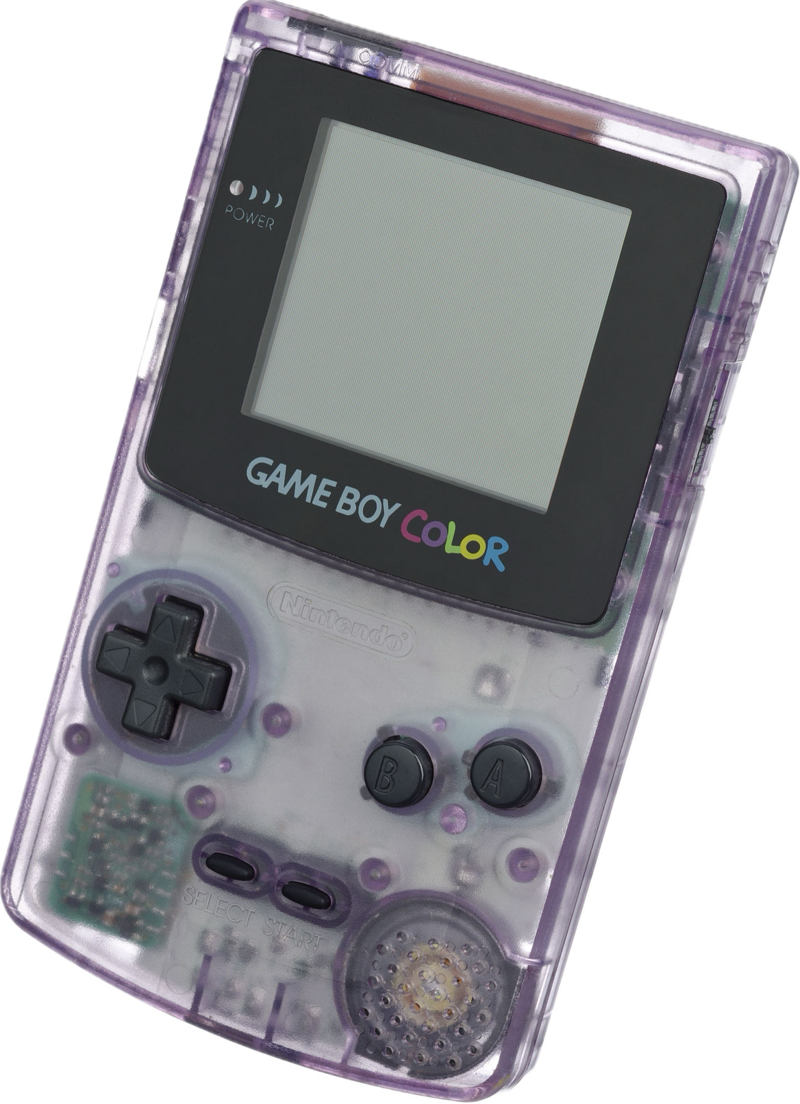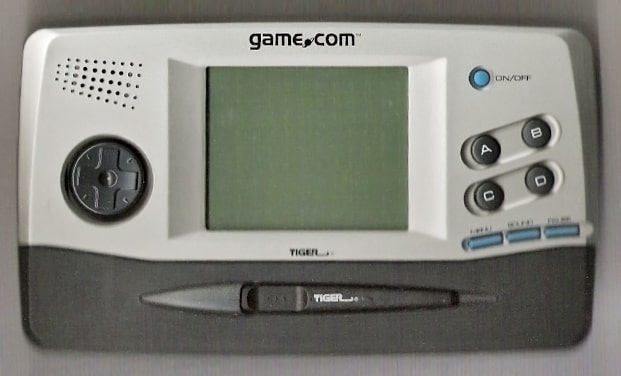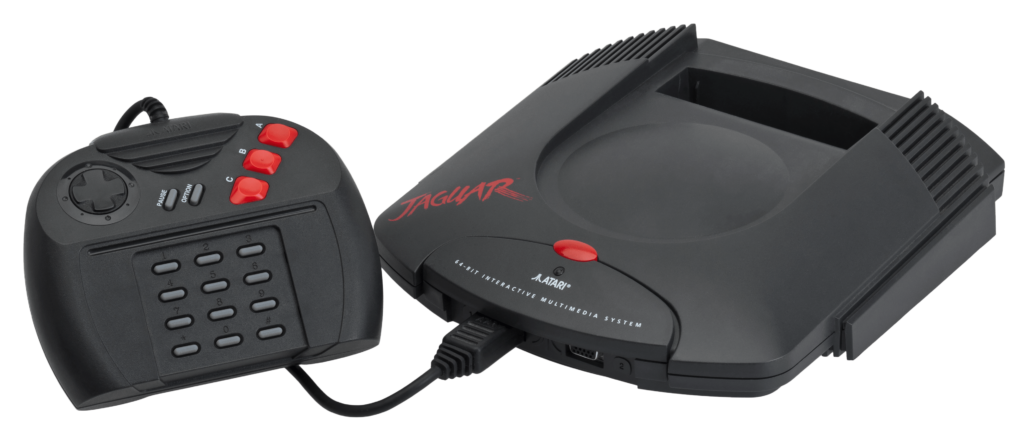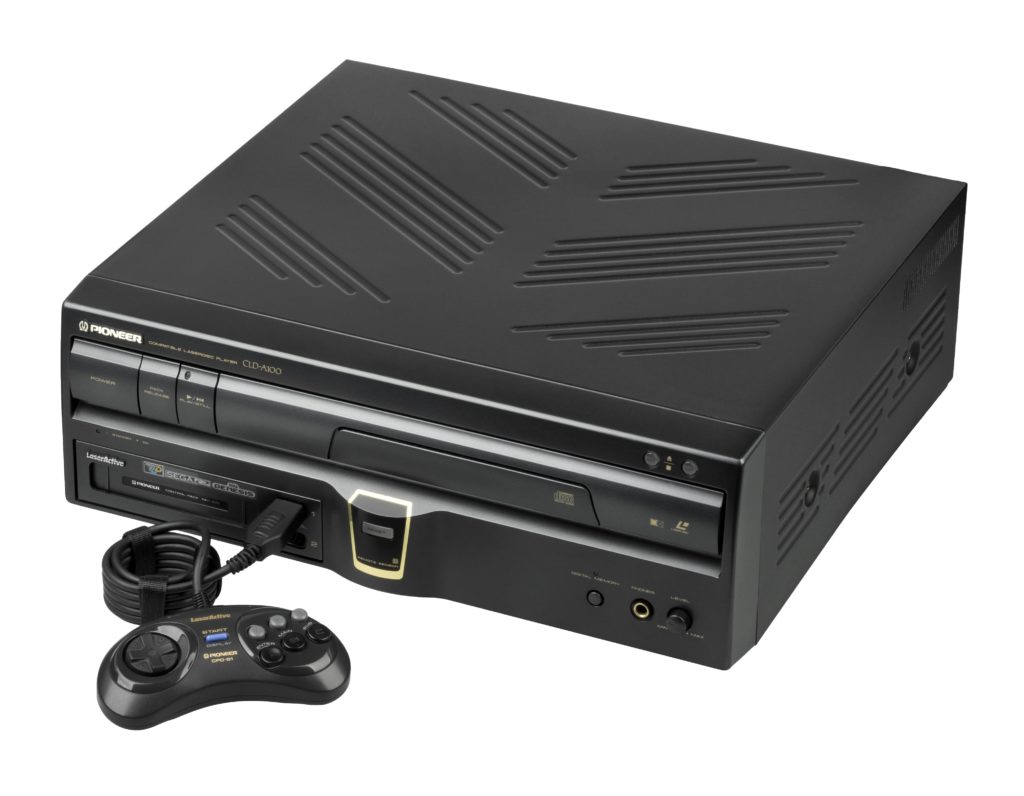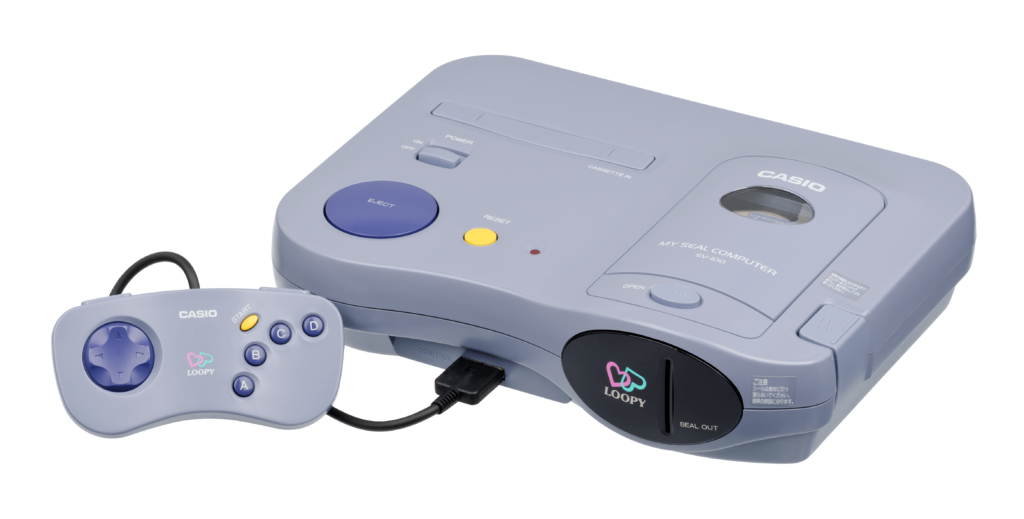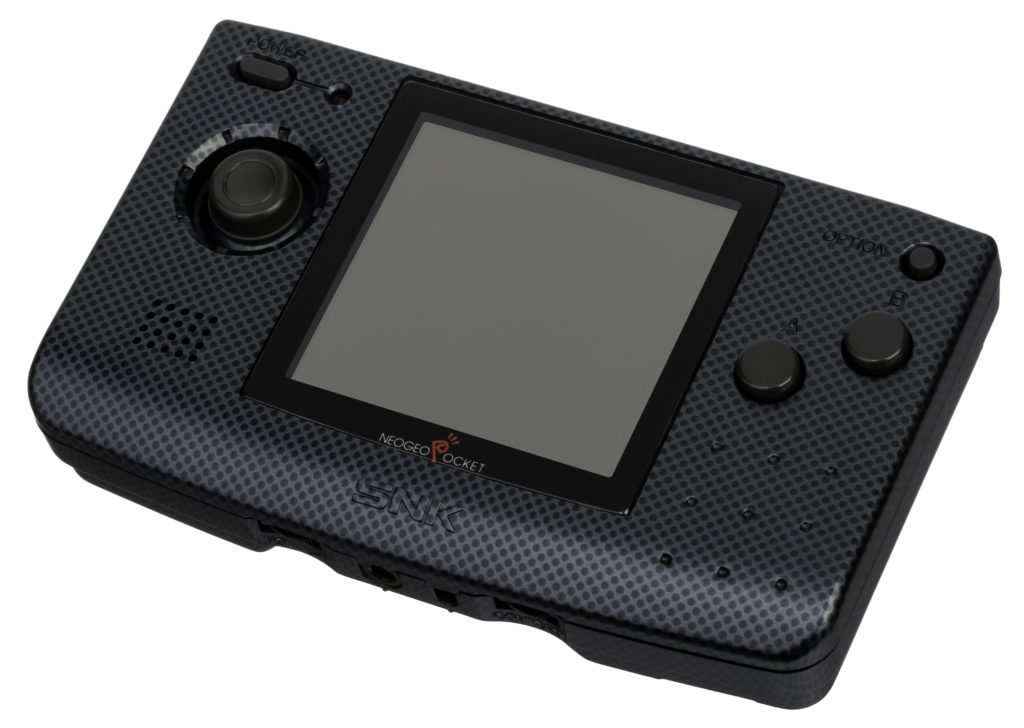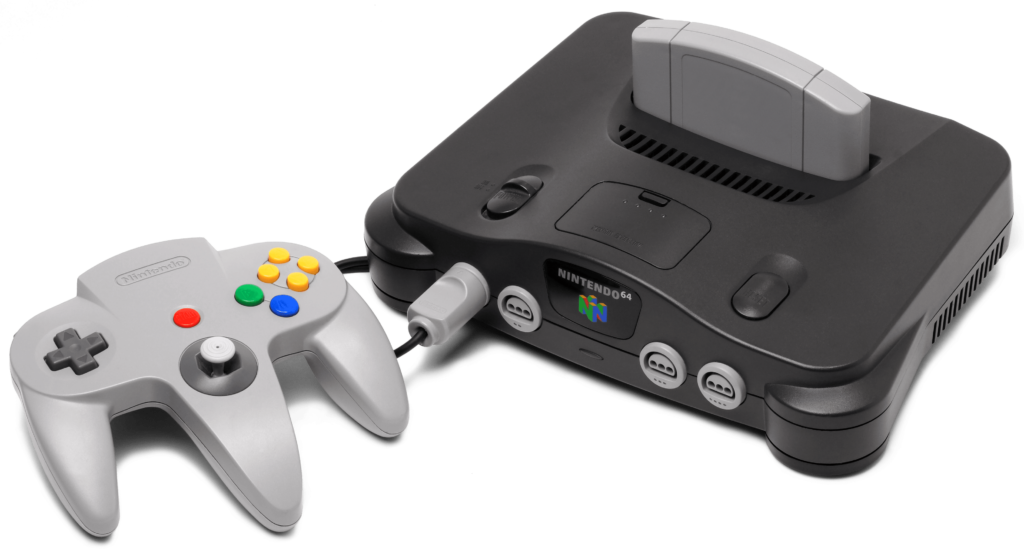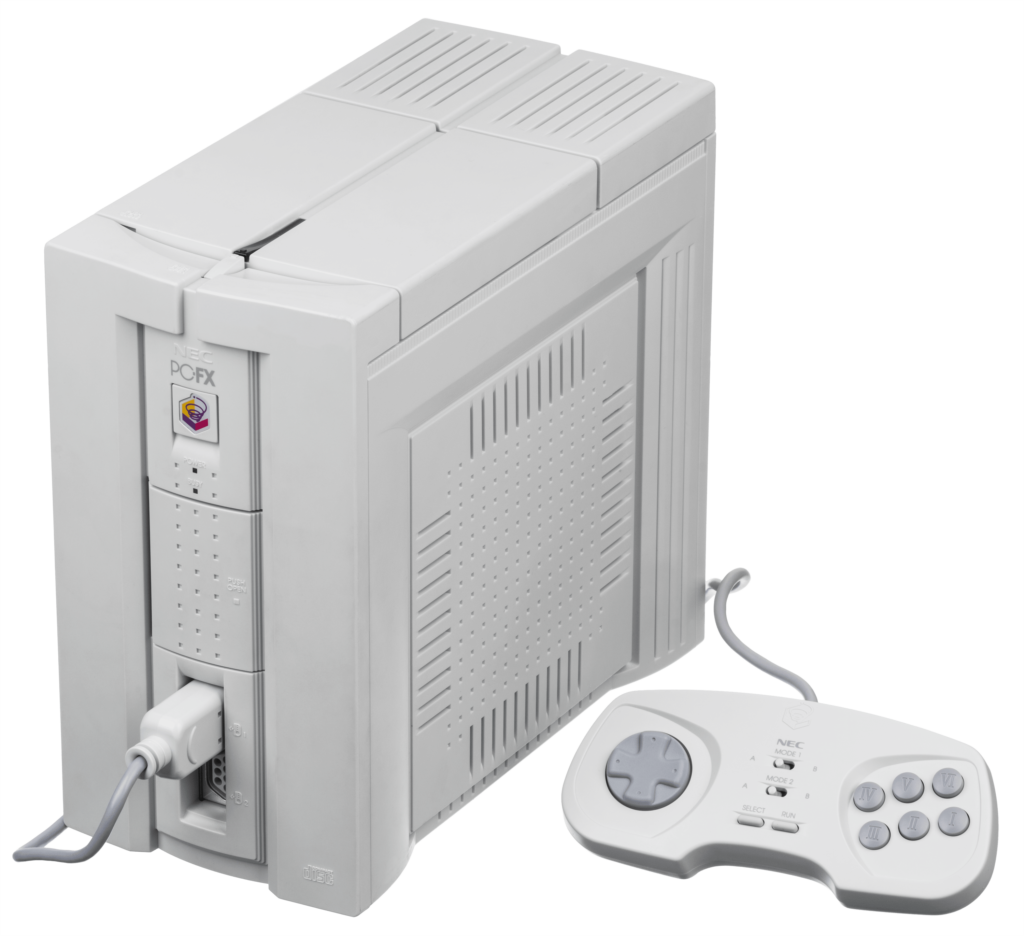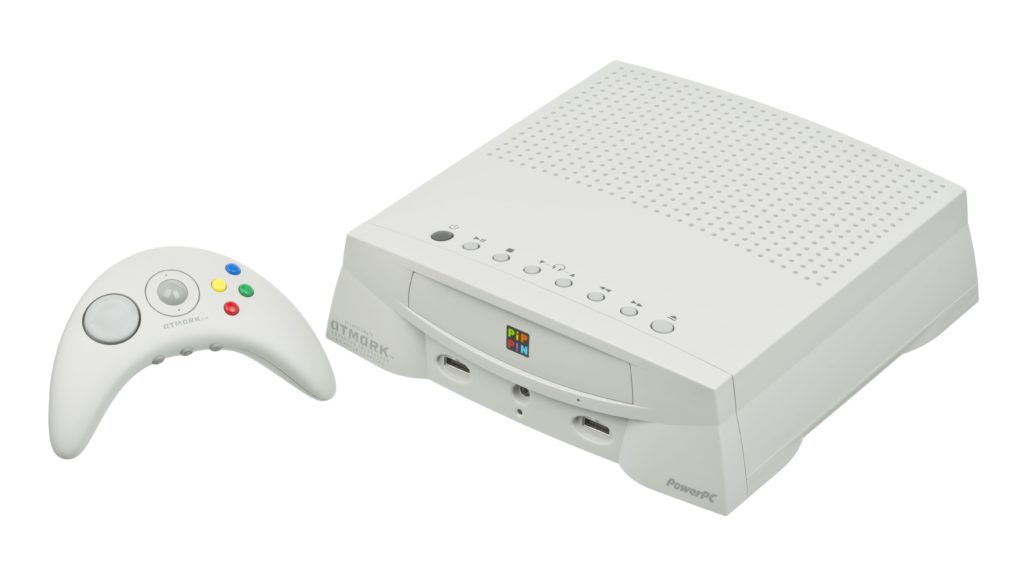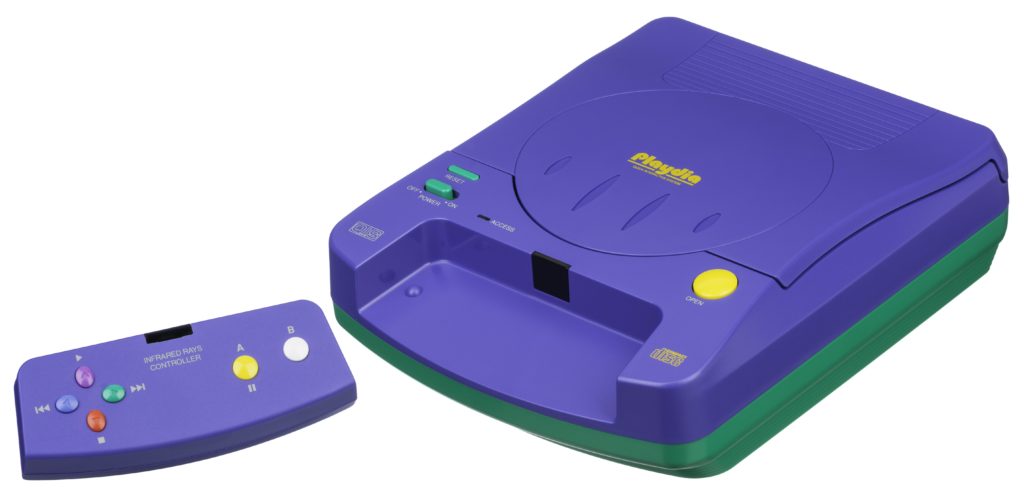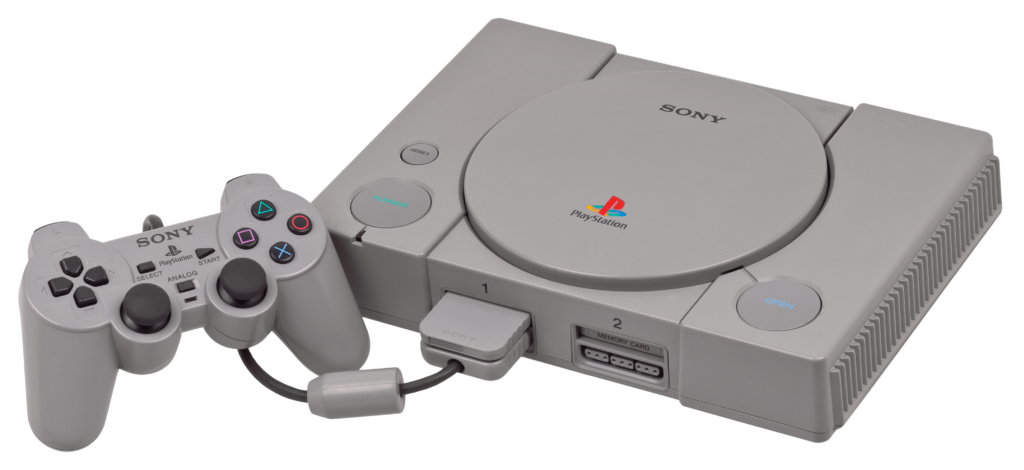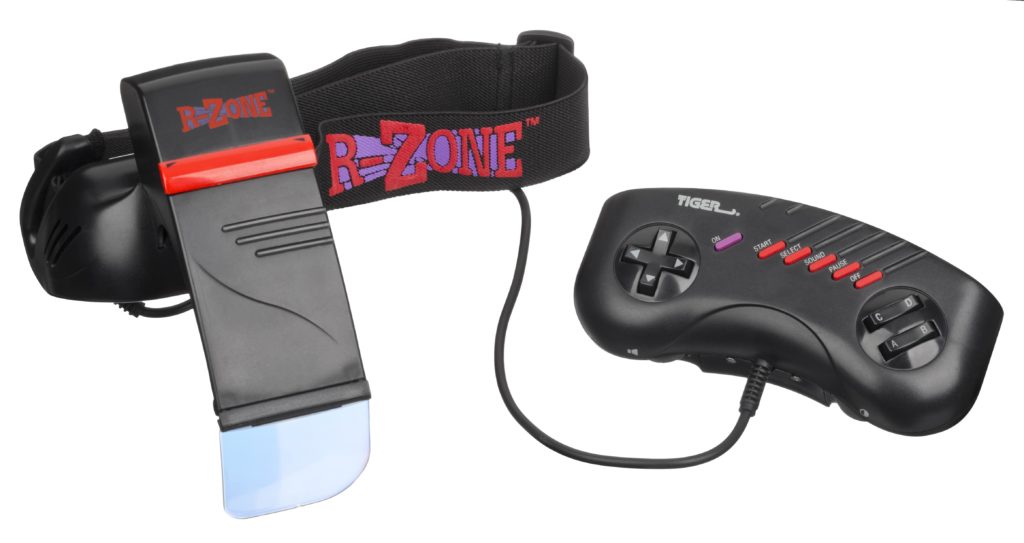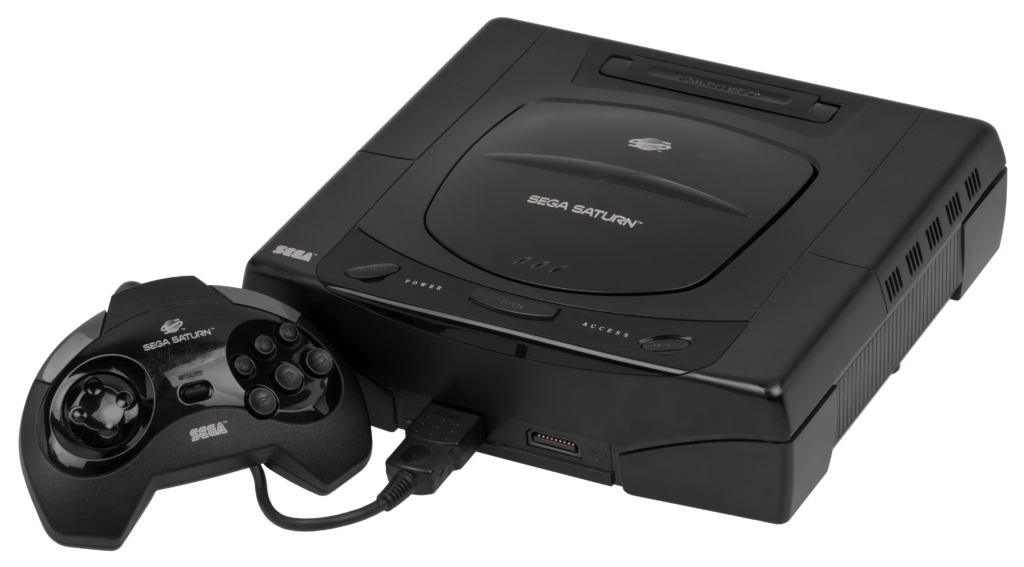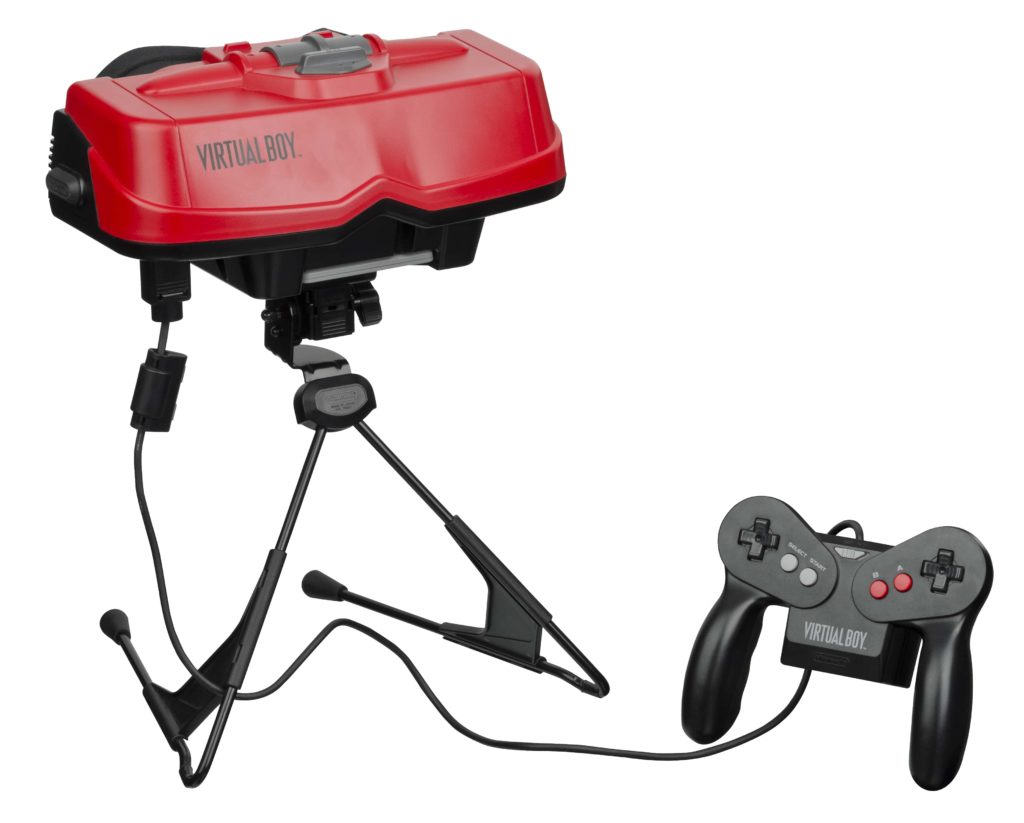1993-2002
The fifth generation of video game consoles, also known as the 32-bit and 64-bit era, marked a revolutionary period in the gaming industry, spanning the years 1993 to 2002. This generation was characterized by the transition from 2D to 3D graphics, significant changes in media storage with the use of CDs instead of cartridges, and the emergence of franchises that would define the future of gaming. Among the most notable consoles of this generation were the Sony PlayStation, Nintendo 64, and Sega Saturn. The competition between these platforms helped shape the industry’s direction and set standards for 3D design and gameplay.
Technical Information
- Period: 1993–2002
- Technology: 32-bit and 64-bit processors
- Media: CDs (PlayStation, Saturn) and cartridges (Nintendo 64)
- Key Consoles: Sony PlayStation, Nintendo 64, Sega Saturn
- Technical Advances: Real-time 3D graphics, CD audio support, analog controllers, memory cards for game saves, and more powerful hardware.
General Information
- Generation: Fifth
- Key Years: 1993–2002
- Representative Consoles: Sony PlayStation, Nintendo 64, Sega Saturn
- Key Features: 3D graphics, CD and cartridge media, analog controllers, popularization of game saves.
Impact and Legacy
The fifth generation of consoles revolutionized how games were developed and played. The Sony PlayStation stood out by attracting third-party developers, providing a friendly environment for game creation, and boosting the CD-based gaming market. The Nintendo 64 delivered highly immersive 3D experiences with titles like Super Mario 64 and The Legend of Zelda: Ocarina of Time, which set new standards for game design. The Sega Saturn, although less commercially successful, pioneered bringing authentic arcade experiences to the home environment. This generation consolidated the use of 3D graphics, established the CD format as the industry standard, and directly influenced the development of future generations.
Curiosities
- Super Mario 64 was the first open-world 3D platformer, influencing game design for decades.
- The Sony PlayStation was the first console to sell over 100 million units worldwide.
- The Sega Saturn had a surprise launch in the US, which hurt its initial sales and negatively impacted its market performance.

 Português do Brasil
Português do Brasil